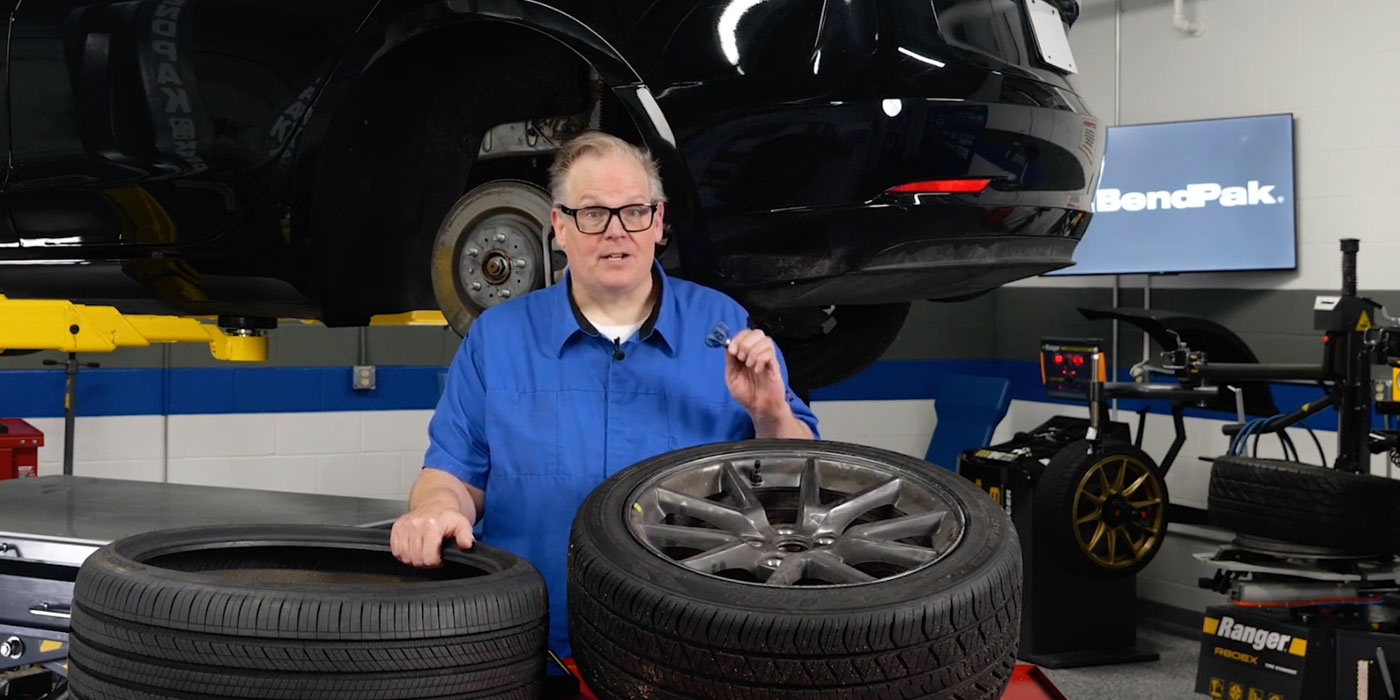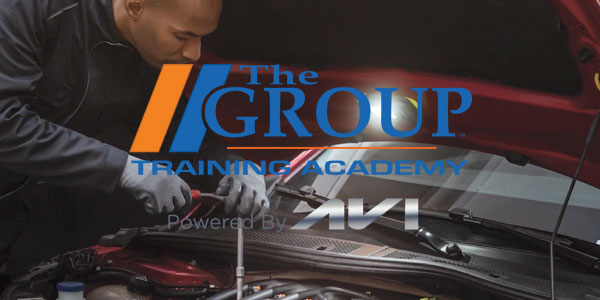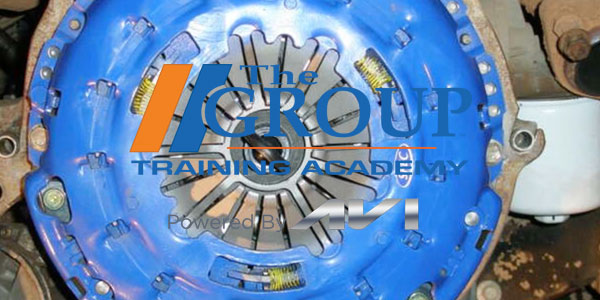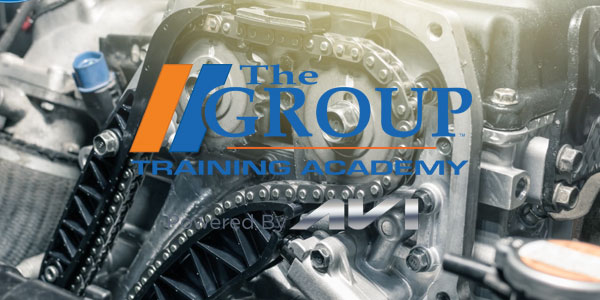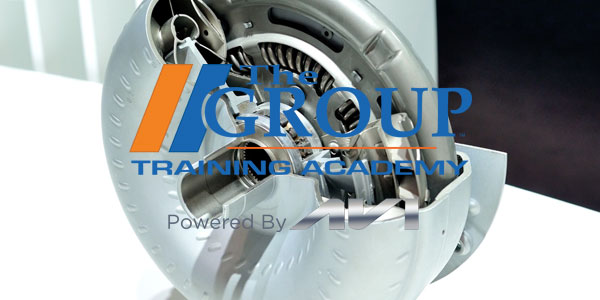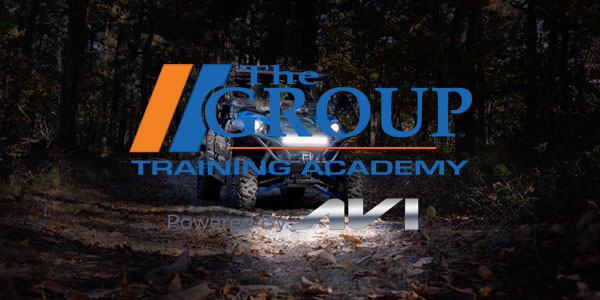Turbocharged gasoline engines continue to grow in popularity, and it’s happened quickly.
According to the Department of Energy, approximately 1% of all 2000 model-year light-duty vehicles were turbocharged. Fast-forward to today, and over one-third of all light-duty vehicles are now turbocharged.
So why the rapid change? Fuel-economy standards. Current CAFE standards call for automakers to increase the average fuel economy of their lineups to 54.5 miles per gallon by 2025.
Turbocharging is just one method being used to boost the fuel economy in modern vehicles. It allows them to build engines that produce more power with less displacement and sometimes with fewer cylinders.
How does a turbocharger work? Let’s talk about it in simple terms.
This video is sponsored by Standard.






